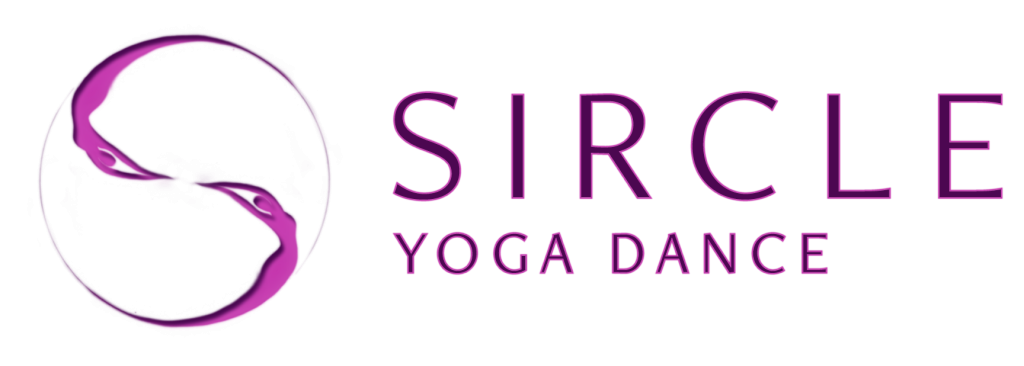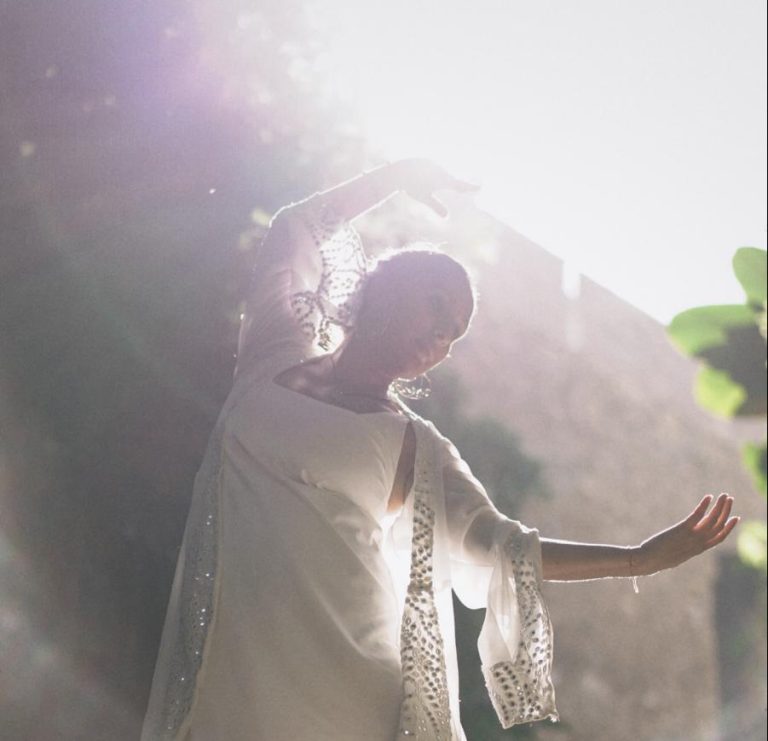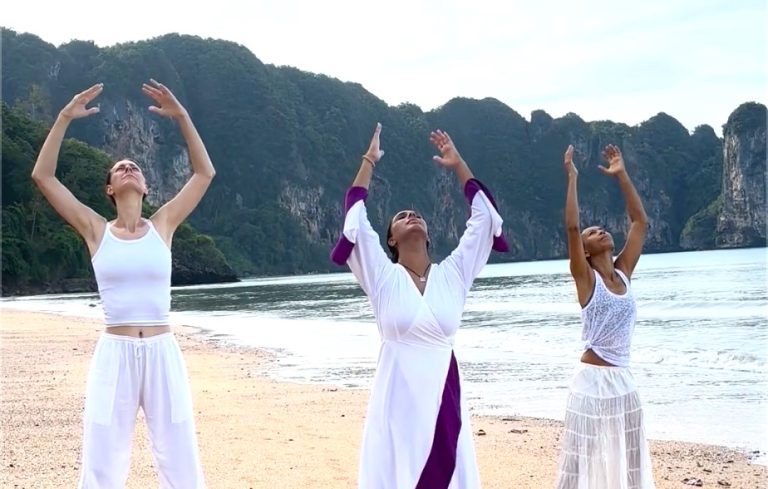Finding Your Groove
Balancing form and freedom in Dance
Have you ever felt the urge to just let loose and move your body freely? Or maybe you prefer the structure and guidance of established dance forms. When it comes to dance for well-being, two distinct approaches emerge: ecstatic dance and form-based practices like Sircle dance. While both offer unique benefits, the sweet spot might lie in finding a balance between structured form and free-flowing expression.
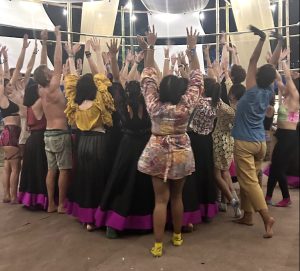
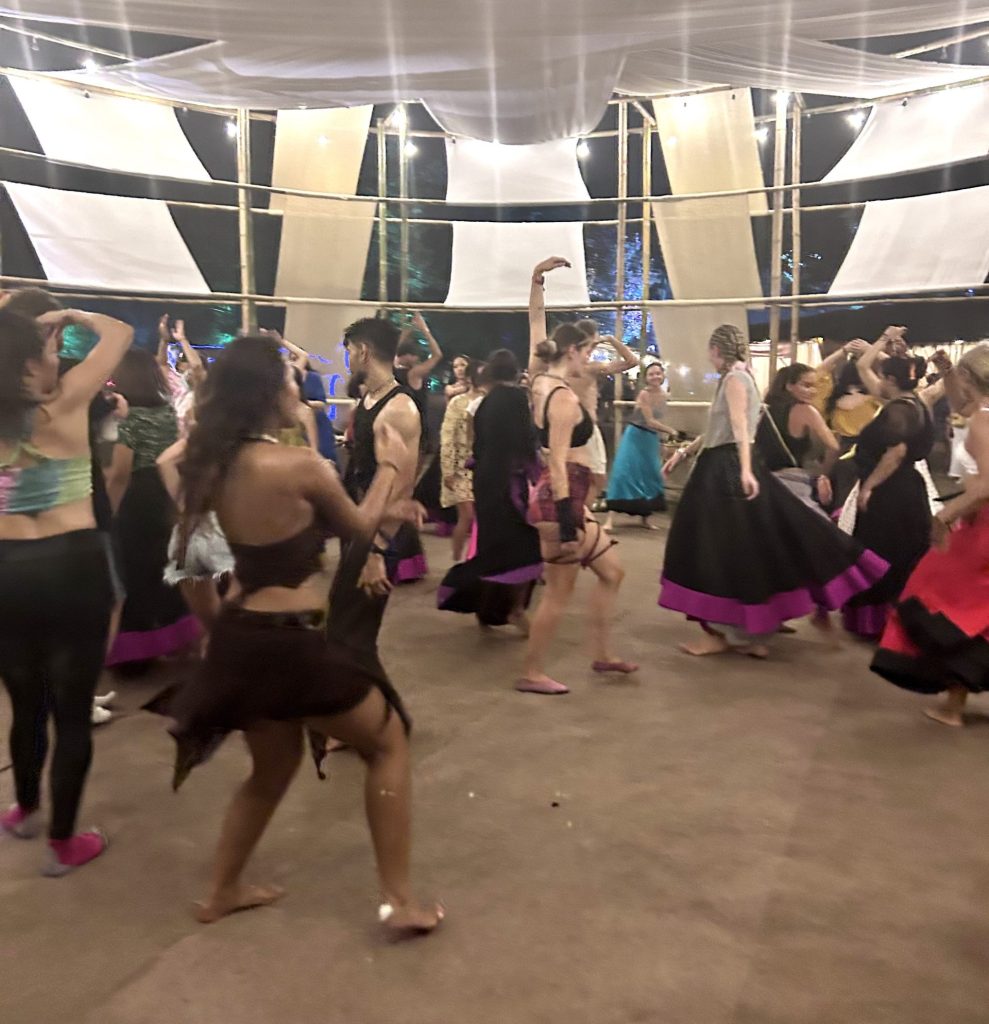
Ecstatic Dance: A Celebration of Unstructured Movement
Ecstatic dance is all about letting go and moving intuitively to the rhythm of the music. There are no set steps or choreography, just the freedom to express yourself however your body feels called to move. This uninhibited exploration allows for Emotional Release. Moving without judgment creates a safe space to release pent-up emotions and stress, fostering a sense of liberation and catharsis.
Tuning into your body’s sensations as you move helps develop proprioception and kinesthetic intelligence, leading to a deeper understanding of your physical self and increasing body awareness. Ecstatic dance often takes place in communal settings, fostering a sense of belonging and connection with others through shared movement and expression.
However, the lack of structure in ecstatic dance can sometimes feel overwhelming, especially for beginners. The absence of guidance might lead to uncertainty and confusion. With no specific steps to follow, some individuals might struggle to find their flow and feel lost in the free-form environment. It can also lead to limited technique and refinement. The focus on spontaneous movement might come at the expense of developing proper technique and refining movement patterns, which can be crucial for preventing injuries and enhancing overall dance experience.
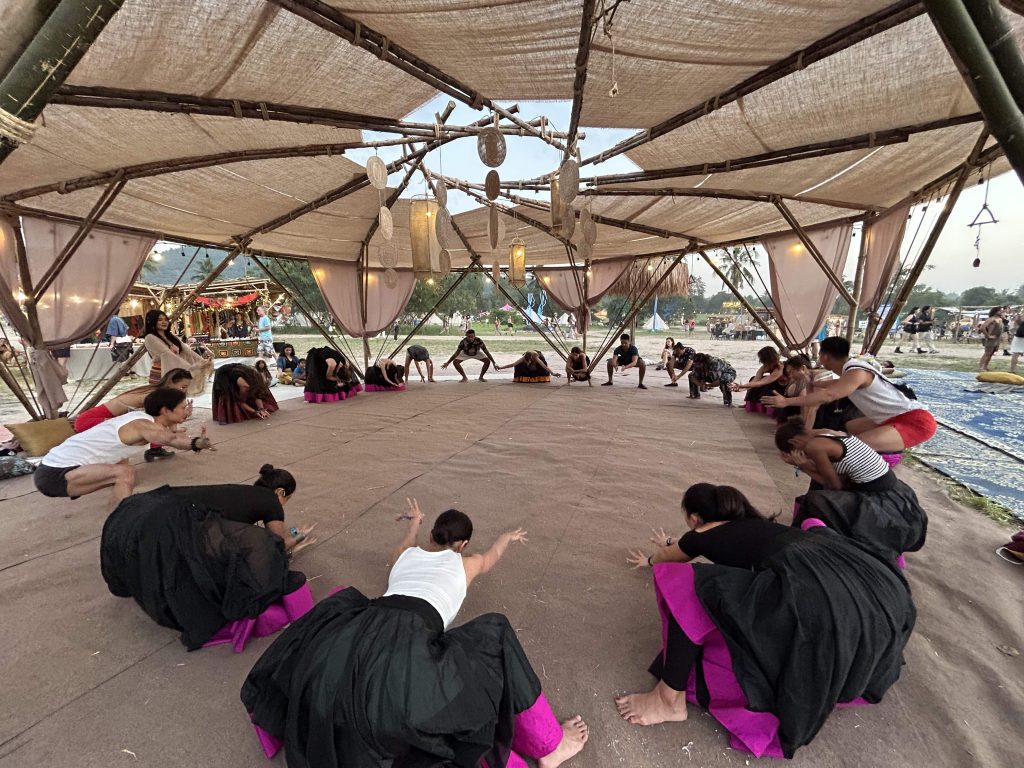
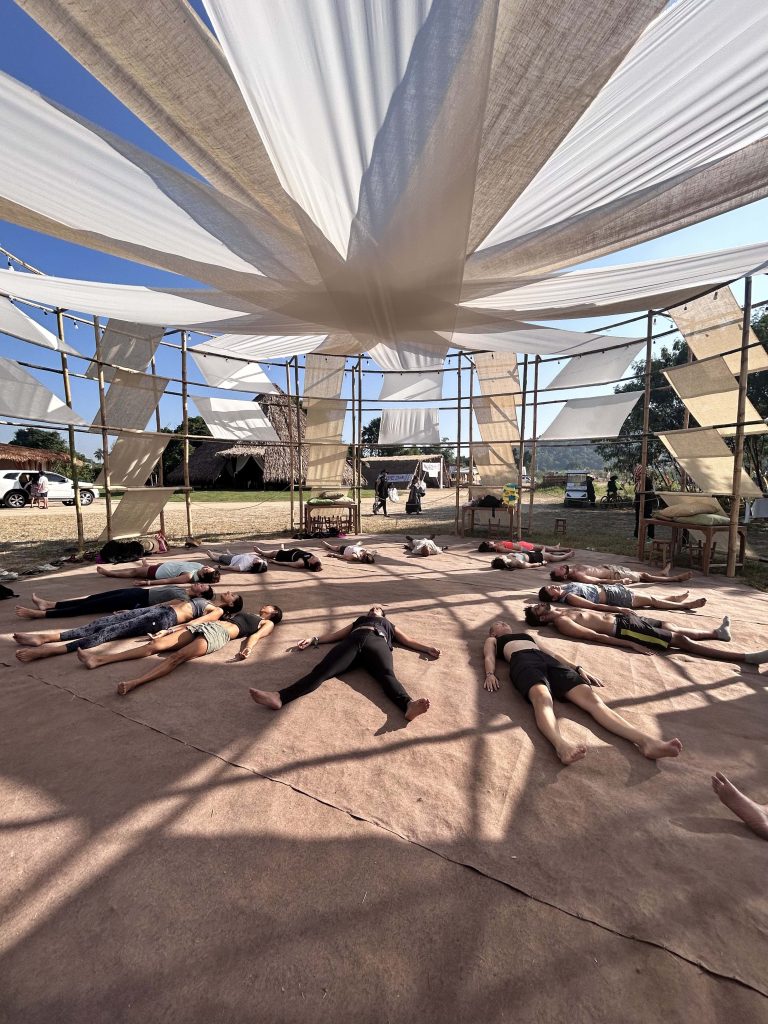
Form-Based Practices: Embracing Structure and Refinement
Sircle dance, on the other hand, offers a structured approach to movement. Participants learn specific steps and sequences, often within a Sircular formation. This structured environment provides Clear Guidance and Progression. By learning established steps and building through the sequences, dancers gain a sense of confidence and are able to go deeper into the intention and movements of the sequence.
Every Sircle class has a clear intention, and the entire class flows around that intention. The healing and cleansing that happens for each individual is different and here is where you find the freedom through form.
The circular formation in Sircle Yoga Dance allows for the energy to move together and connect each other, even help heal and expand the energy together. Without direct engagement, each individual is part of a larger supportive community. Lastly, as the form repeats itself, it helps guide the dancer into an ego-less state where the movement becomes second nature and the dancer is free to explore and interact with the sensations that arise within.
Finding the Sweet Spot: The Synergy of Form and Freedom
So, which approach reigns supreme? The answer, as with most things in life, lies in finding a balance. Combining the benefits of both ecstatic dance and form-based practices as is done in Sircle Yoga Dance, can create a holistic and enriching dance experience. Sircle dance offers a collaboration between form and formless to enter into a state of trance, depth and freedom through movement.
Structured Improvisation: Explore incorporating short, guided sequences within an ecstatic dance session. This provides a starting point for movement while still allowing for individual interpretation and expression.
Learning with Freedom: Choose form-based dance classes that encourage exploration and personal expression alongside technical instruction. This fosters a sense of ownership and joy in learning while building a foundation for safe and effective movement.
Mindful Movement: Regardless of the approach, cultivate a mindful awareness of your body throughout the dance experience. Pay attention to your sensations, emotions, and limitations, allowing your movement to be both expressive and intentional.
Ultimately, the ideal dance practice is the one that resonates most with you. Whether you crave the uninhibited joy of ecstatic dance or the structured learning of form-based practices, remember that dance is a journey of self-discovery. Embrace the freedom to explore, experiment, and find the unique blend of form and flow that ignites your passion and fuels your well-being. So, put on your favorite music, step onto the dance floor, and let your body guide you on a path of joyful movement and self-expression.
